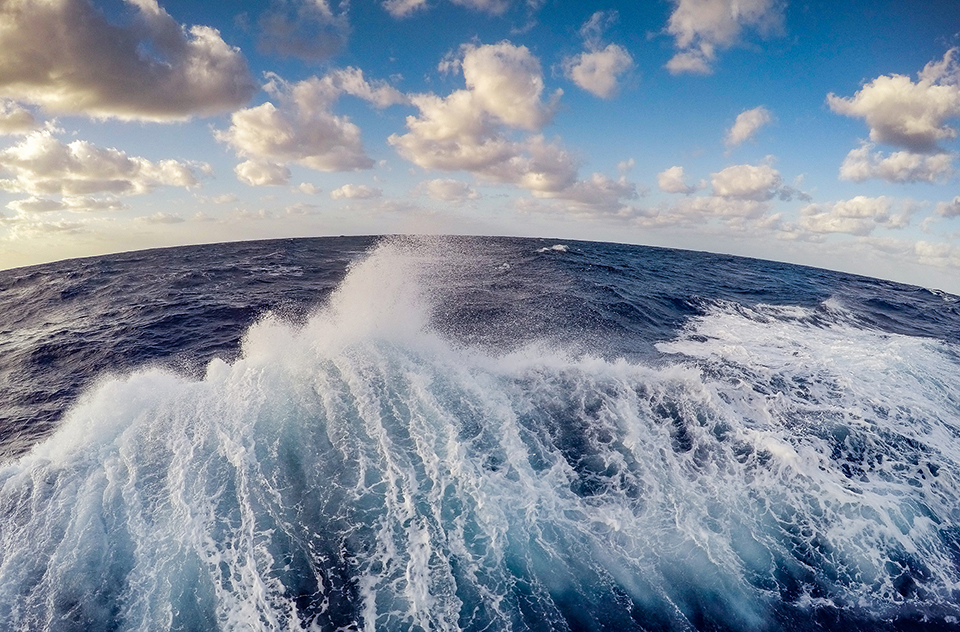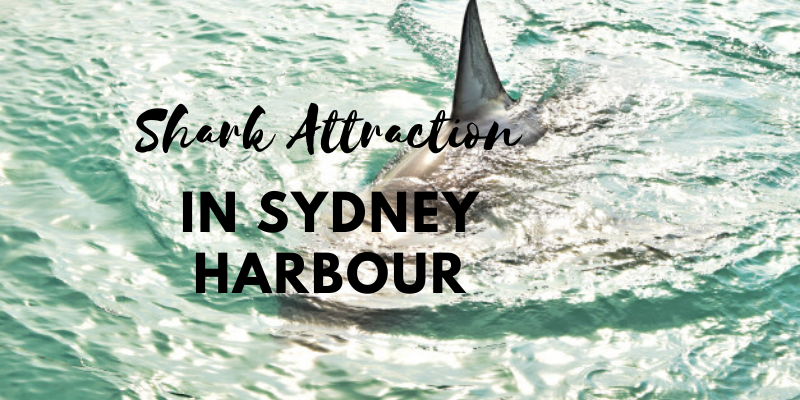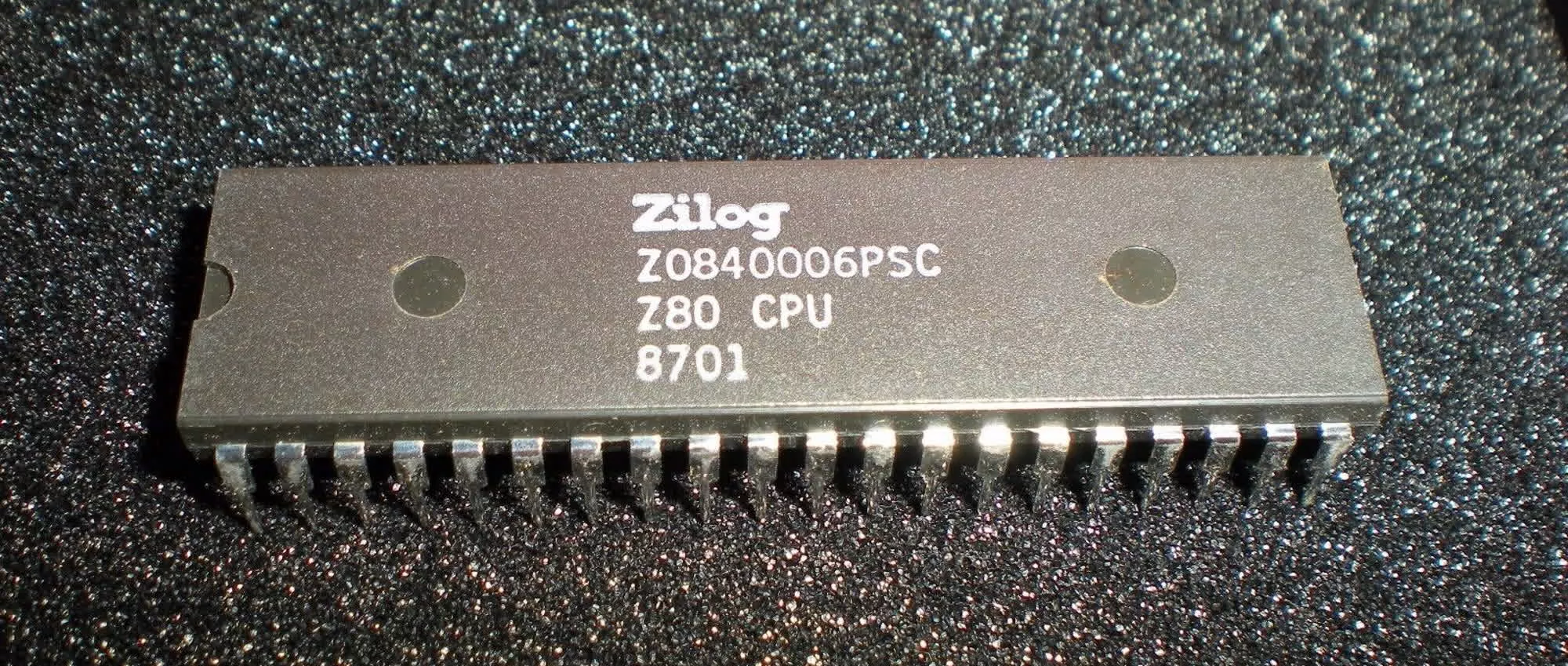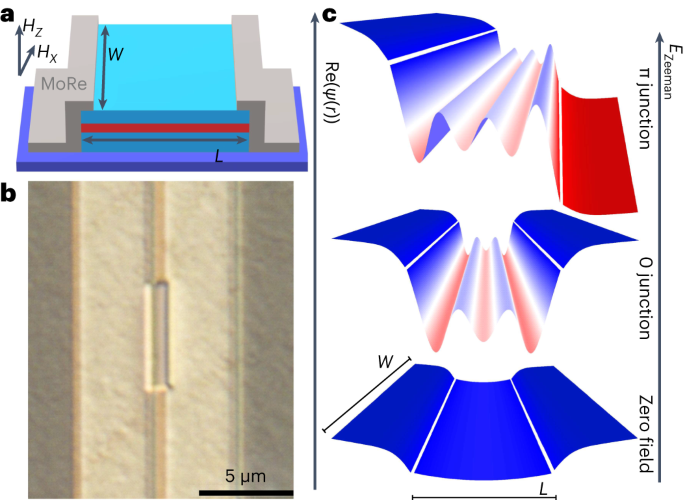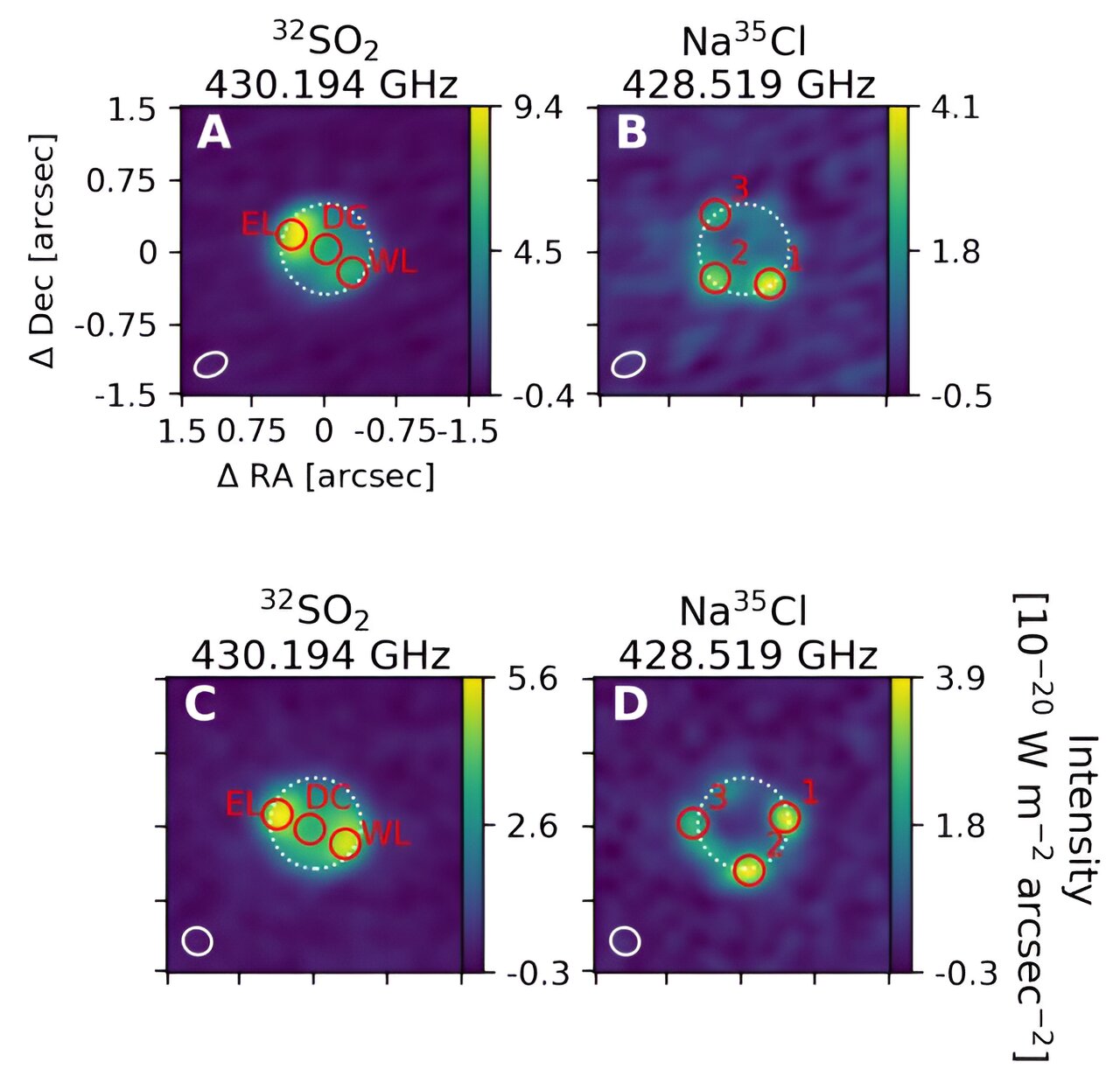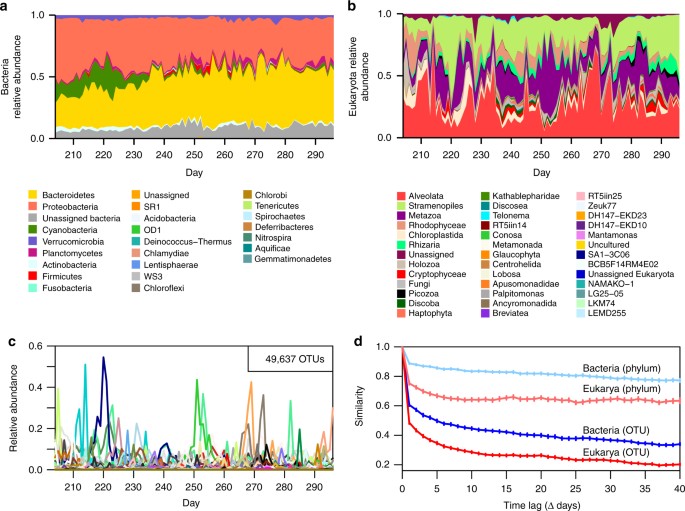
High resolution time series reveals cohesive but short-lived communities in coastal plankton
Nature Communications volume 9, Article number: 266 (2018 ) Cite this article
Because microbial plankton in the ocean comprise diverse bacteria, algae, and protists that are subject to environmental forcing on multiple spatial and temporal scales, a fundamental open question is to what extent these organisms form ecologically cohesive communities. Here we show that although all taxa undergo large, near daily fluctuations in abundance, microbial plankton are organized into clearly defined communities whose turnover is rapid and sharp. We analyze a time series of 93 consecutive days of coastal plankton using a technique that allows inference of communities as modular units of interacting taxa by determining positive and negative correlations at different temporal frequencies. This approach shows both coordinated population expansions that demarcate community boundaries and high frequency of positive and negative associations among populations within communities. Our analysis thus highlights that the environmental variability of the coastal ocean is mirrored in sharp transitions of defined but ephemeral communities of organisms.
Because microbes in the surface waters of the ocean have key roles in global carbon and nutrient cycling, they have been under intense scrutiny, revealing an increasingly complete picture of their global taxonomic composition and functional repertoires (e.g., refs.1,2,3). What remains poorly understood, however, are spatio-temporal dynamics of the vast majority of taxa, which include diverse representatives from all domains of life, pursuing different ecological strategies. These include bacteria forming complex biofilms on different types of organic particles or existing as free-living, single cells, and photosynthetic, filter-feeding, and predatory eukaryotic plankton. For these organisms, ocean water represents a nutrient poor but highly heterogeneous ecological landscape on different spatial and temporal scales with physical and chemical gradients ranging from micrometers to kilometers4,5,6. For example, direct competitive or cooperative interactions may lead to rapid micro-scale successions on suspended organic particles7, whereas large-scale algal blooms may trigger growth of bacteria that degrade specific algal exudates8. Owing to the apparent difference in scales of such interactions, it remains unknown whether communities with clearly defined boundaries in time and space can be identified across the entire plankton, or whether taxonomic turnover is more gradual and continuous, affecting limited groups of organisms at a time.

